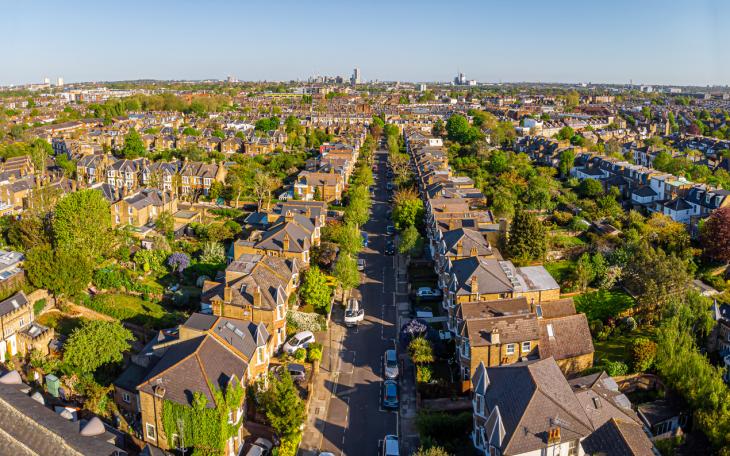Why it’s time for the suburbs to step it up

"Quitting city life for the suburbs could make you depressed” is quite the headline.
As someone who has, only a matter of weeks ago, made the leap from city dweller to Home Counties commuter, I was sceptical - and also a little nervous.
But what prompted such a headline?
A team of researchers from universities across the US, Sweden and Denmark looked at the factors in the Danish built environment that have the biggest impact on psychological wellbeing. What they found was rather surprising (to me, at least).
The highest risk of depression was found amongst those living in medium density and low-rise developments, such as single-family housing suburbs. Yet, there was no correlation that living in dense inner-city areas, or in rural areas, increases the risk of depression.
Although I would have typically associated living in an inner-city as anonymous and lonely, in fact, the researchers attributed this finding to there being more opportunities for social networking and interaction in city centre locations – both beneficial factors for mental health. In comparison, those living in sprawling suburban developments tend to rely more on cars, with less chance for community engagement and less access to open space. Whilst the research focused specifically on Denmark, it’s worth noting that findings are broadly applicable to other countries, including the UK.
In the UK, the suburbs feel a little misunderstood, often considered soulless, nondescript no man’s lands between city and country. But in theory, the ‘burbs offer everything that those moving away from a city crave: more space, more greenery and more community.
So, what’s going on – or wrong - in the suburbs? And what are the implications for (sub)urban planning?
For those delivering housing projects in the suburbs, there’s a fine balance between density and dependency. Developments need to be high density enough for local amenities like local shops and businesses to survive and thrive (and in turn provide places for work and leisure), but not spread so far and wide that people are too reliant on cars.
Unsurprisingly, open space is a key factor too. The psychological benefits of access to green space are already very well documented, and clever spatial design which maximises access is integral. But it isn’t just about being able to spend time in nature or by water for example, it’s also about spaces that facilitate social interaction and connection, where people can meet and spend time with family, friends or neighbours.
Ultimately, we are social creatures. We crave interaction and connection, and new developments – wherever they may be – need to respond to this basic, but vital, human need.







